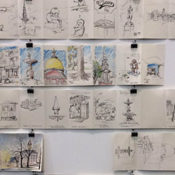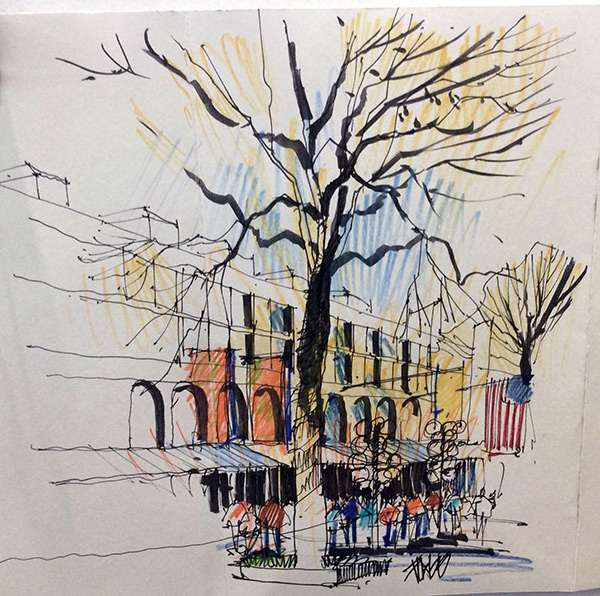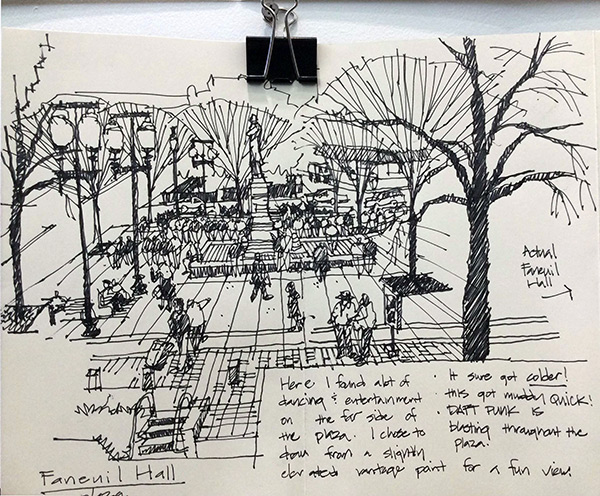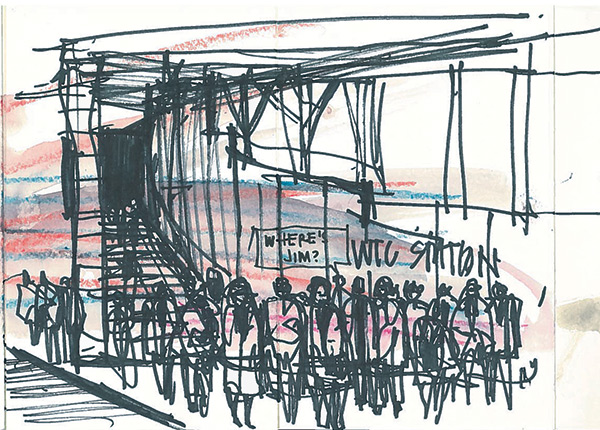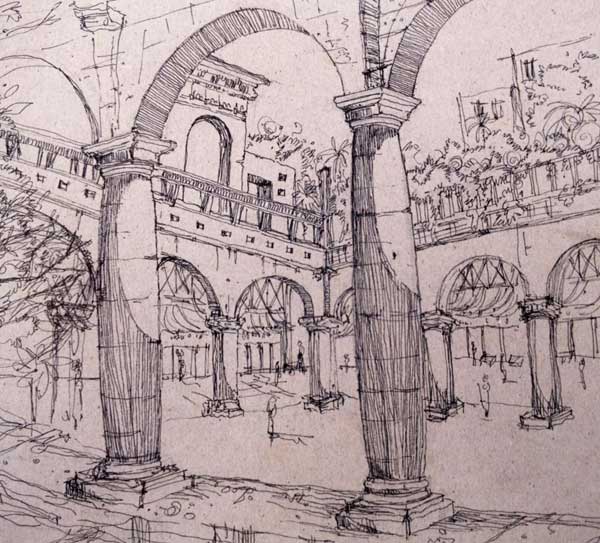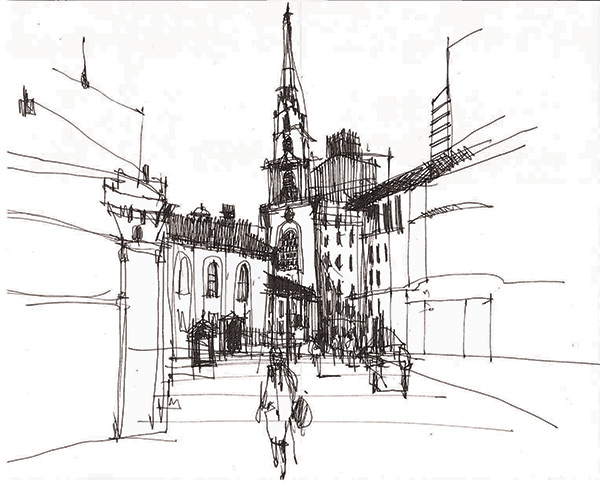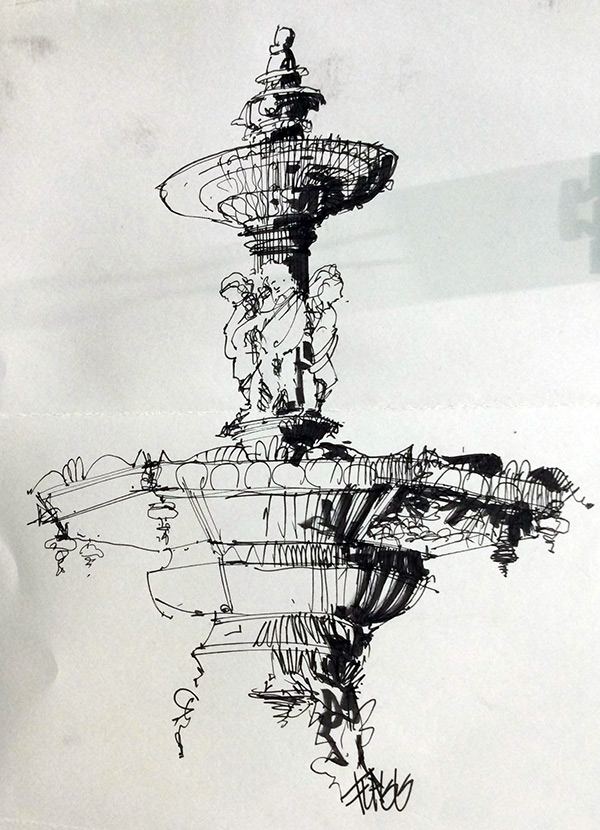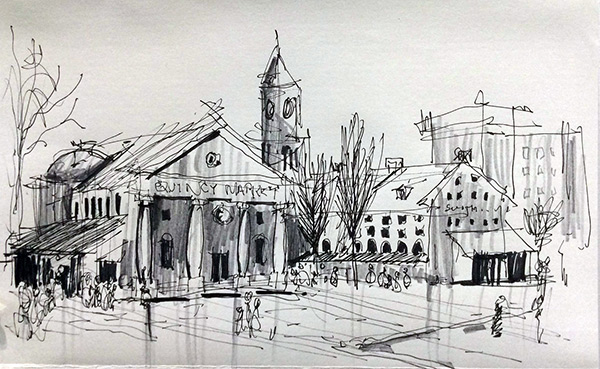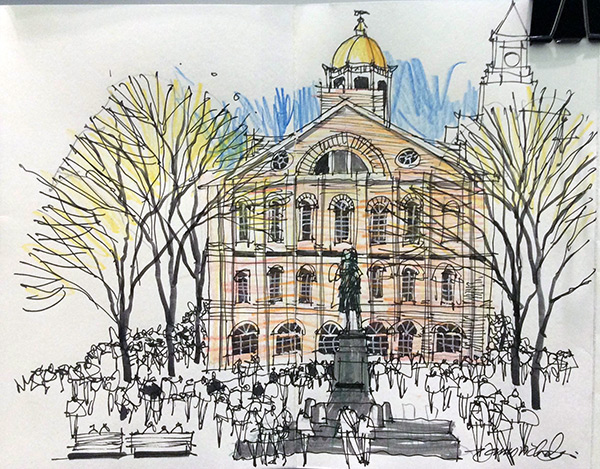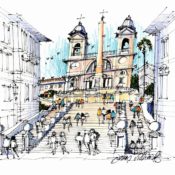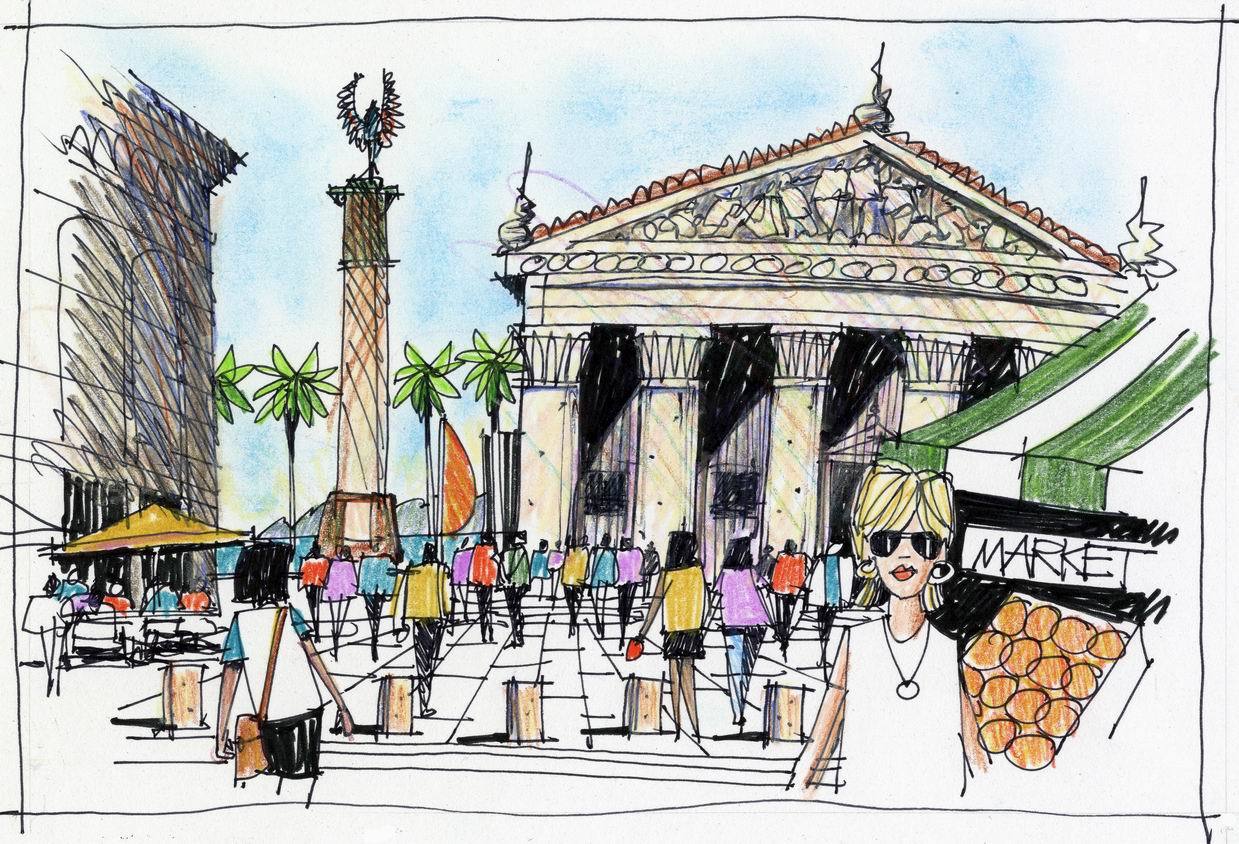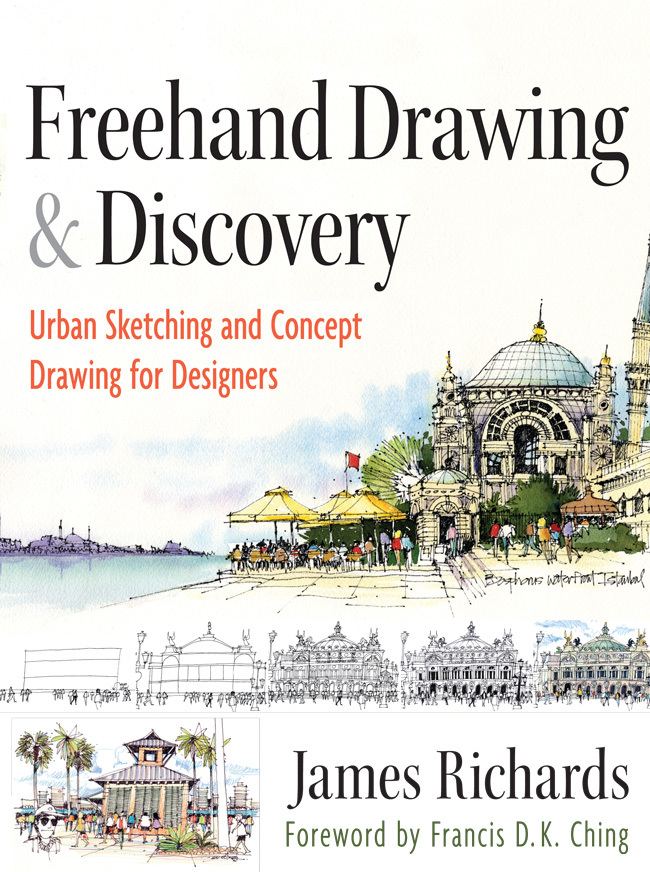28 search results for " James Richards "
If you didn't find what you were looking for try searching again.
10 Things You Must Know If You Want to Study Landscape Architecture
Trying to figure out your calling can be a tricky thing. This is especially true if you are interested in landscape architecture, an interdisciplinary field with open-ended opportunities. If you are thinking about studying landscape architecture and you do not want your choice to be a reckless one, check out the following 10 steps that can give you a deeper understanding of the field, the qualities needed to study landscape architecture and the career prospects that await you:
Study Landscape Architecture
10. Notice the spaces around you This one might seem obvious, but if you want to spend your life designing spaces, you might as well start being more attentive to the way they are shaped. Observe how people use a certain place (be it a square or a street or anything else). Try to understand its dynamics and the materials used to create it. 9. Do you have what it takes? Designers surely come in all forms and shapes. But there are some qualities needed in order to succeed in the field. These include patience, heightened senses and attention to detail, the ability to work in an interdisciplinary team, and a willingness to spend long hours drawing on a computer. If you do not have it in you now, it is important that you be willing to acquire it.  Image via Shutterstock
Image via Shutterstock
8. Talk to professors
The easiest way to answer your doubts and questions is to visit the universities you plan to apply to and talk to the instructors. Go prepared with a set of questions. Be sure to talk to more than one teacher; each design instructor usually has his or her own school of thought, and this way you will avoid gaining one narrow image of the vast world of landscape architecture.
7. Attend a final-year presentation
If you can manage to be in the eye of the storm — where all the serious landscape architecture student business takes place — then you cannot possibly be more ready. Being present at a final-year student’s defense will give you all the answers about what is eventually expected from you. Don’t hesitate to ask questions if there is something you do not understand.
 Image credit: Scott Renwick | end of year presentations University of Gloucestershire
Image credit: Scott Renwick | end of year presentations University of Gloucestershire
6. Read the course descriptions carefully
The next university-related step would be to read the list of courses provided for landscape architecture students, as well as the course descriptions. Try to understand what each course requires and whether it is something you would be excited about. Don’t panic if there are some that sound less interesting. Trust me: No one ever falls in love with all his or her courses. (I still remember my Technical Drawing class: Yikes!)
5. Study the job market
Find out what awaits you in the real world before even starting your studies. Try to get in touch with graduates from the same major and see what they have been up to. If the country where you want to work does not have great opportunities for landscape architects, you should be aware of it and be prepared. Also see our feature article Do you have what it takes to stand out in the job-hunting market?
4. Talk to professionals
While final-year projects are a quite significant showcase, nothing gets you closer to how things are done in the real world than projects in the workplace. Meet with professionals working in the field. Have a look at their projects and interrogate them about the process. Take note, as well, of the physical implementation of the designs.
3. Read about the field
To have a grander view of landscape architecture, browse the internet and magazines for worldwide updates on the field. For information on the best places to hunt for inspiration, check out our article Top 10 Online Resources for Landscape Architecture.
2. Take drawing classes
Knowing how to draw before starting to pursue your degree is not a requirement. Nevertheless, having an urge to draw is a major quality needed in a landscape architect. So test yourself with drawing and see if you enjoy it. Some architectural departments offer summer drawing classes for those who are about to start a design major. Maybe the university you apply for does, too! Check out our book review on Freehand Drawing & Discovery by James Richards
1. Make sure you have the right motivation
Individuals choose their majors for all sorts of reasons. Make sure that yours is not that “it’s cheaper than the other degree I wanted to pursue” or “the campus is located in a really cool area”. My brother once said (and he was so right) that when you are about to choose a major, ask yourself “what is something that I would be delighted to do even if I wasn’t getting paid for it?” If landscape architecture is a positive answer for that, then you are in the right place. To all of you potential landscape architecture students, I truly hope that this article brought you the answers you came here seeking. Still looking for more motivation? Have a look at our article 10 Great Reasons to be a Landscape Architect. If all that doesn’t help you make up your mind, maybe you should watch this video: Article written by Dalia Zein
Sketchy Saturday | sponsored by Sprout Pencil – No. 007
It’s time for our seventh installment of Sketchy Saturday sponsored by Sprout Pencil where we feature work from Sketch Boston a field session offered at the ASLA 2013 Annual Meeting & EXPO in November along with a few additional sketches from our fans. We would like to congratulate all of the sketchers that participated in Sketch Boston and sent us their exciting sketches. While it was a tough decision, we had to narrow it down to 10. Here is our selection. 10. Vongvasu Chaloisap, VVdesine
“This development provides this “Home coming feeling” right at the entrance by multi layers of greenery to all residents, either they drive, bike or walk back to their home”. 9. Mohamad Diab This sketch was selected for its busy imagery and attention to detail, while still allowing for quick sketchy lines, nothing is lost as the piece becomes mesmerizing and tells you its own story. Incredible work. 8. Chris Flagg, FASLA “Drawn by the color, lights and pedestrian activity, I sought to capture the energy of the marketplace on a Friday afternoon. Multiple elements in the sketch such as street trees, banners, lighting and people were challenging to replicate in this 15-minute sketch. A fun little taste of a festival street!” Title: Faneuil Hall Marketplace Media: Pigma Micron 05 black pen and brush, prisma color pencil. 7. Danny Bulemore, ASLA “There was a lot of exciting activity in the plaza- street performers with various groups of passersby, it looked like a lot of fun! This was the second location we drew during the ‘sketch crawl’. I chose a spot that was slightly elevated for a bird’s eye perspective of the life of the plaza.” Title: Faneuil Hall Plaza Media: Pentel Rolling Writer 6. Richard Alomar, ASLA “The large group of sketchers (30, but seemed like more) moved from the convention center to the WTC station. In the process the group got split up. Rule #1: We all travel together. This sketch shows one group waiting for the rest before moving on.” Title: Waiting to Start Media: Sharpie fine line permanent marker, pencil and Ink-Tense watercolor pencil on 3×5 Japanese Accordion Moleskine sketchbook 5. Kawthar Rayyan The power of sketching is really amplified in this sketch as architect Kawthar Rayyan uses quick lines and textures to cleverly create perspective and an emotionally charged scene, with so much involved that it’s practically bursting off the page. 4. Richard Alomar, ASLA “Perspectives are tricky. If you draw exactly what you see, the sketch is usually flat and weird (at least to me). Understanding the forced lines of perspective and where to place the focus of your observation is a skill that requires practice. Here the church was the obvious object of contemplation and everything around it needed to be in agreement.” Title: Park Street Church Media: Lamy safari fountain pen, Noodler’s Lexington Grey ink on 5×7 Japanese Accordion Moleskine sketchbook 3. Chris Flagg, FASLA “This fountain stands near the corner of Park and Tremont Streets in the Boston Common. While deciding on an area to sketch quickly, I chose this particular element based upon its iconic beauty and it’s dominance within a beautiful pedestrian open space. Without bogging down in details, I wanted to effectively capture its elegance. This sketch took about 15- minutes.” Title: Brewer Fountain Media: Pigma Micron 05 black pen and brush 2. Brian Goad, ASLA “I came across this great space near Faneuil Hall with my sketching buddy, Jim Richards. With frozen fingers, we decided to do a quick 15-minute sketch before heading home for the day.” Title: Quincy Market Media: Pen and pencil 1. James Richards, Jr. FASLA “Throngs of tourists, locals and street performers in great spaces bring new life to old buildings.” Title: Faneuil Hall Alive Media: Lamy fountain pen and colored pencil. This concludes today’s Sketchy Saturday sponsored by Sprout Pencil. We would like to thank those that partook in Sketch Boston and everyone that submitted sketches. Your work is a living display, which demonstrates that sketching is indeed alive and well! However, before I conclude, I would like to leave you with a quote from Chris Flagg, FASLA, as I believe it succinctly captures the spirit of “why” you should take part in a “sketch crawl”. “To summarize, these types of “sketch crawls” are wonderful opportunities to practice the art of quickly establishing visual preferences. Having to choose details in an environment steeped in history, color, pedestrian activity and architecture, adds great fun and challenges to the artist.” A special thank you to Suzanne Lipscomb (ASLA Marketing Manager) for her assistance in tracking down the sketchers. This article would not be possible without your hard work! Article written by Brett LezonJim’s sketching book is finally out!
Hello all! Many of you have asked when I would come out with a drawing book. I am delighted to announce that after nine months of writing and another six of book design and production, my book Freehand Drawing and Discovery: Urban Sketching and Concept Drawing for Designers, has been released by John Wiley and Sons. The book’s Amazon page and the reviews sum it up pretty well…please check it out. Keep dreaming, and keep drawing!
Check out some of my sketches I have posted here on Land8:
Top: Spanish Steps, Rome. Above: Italian Market View more… Freehand Drawing and Discovery
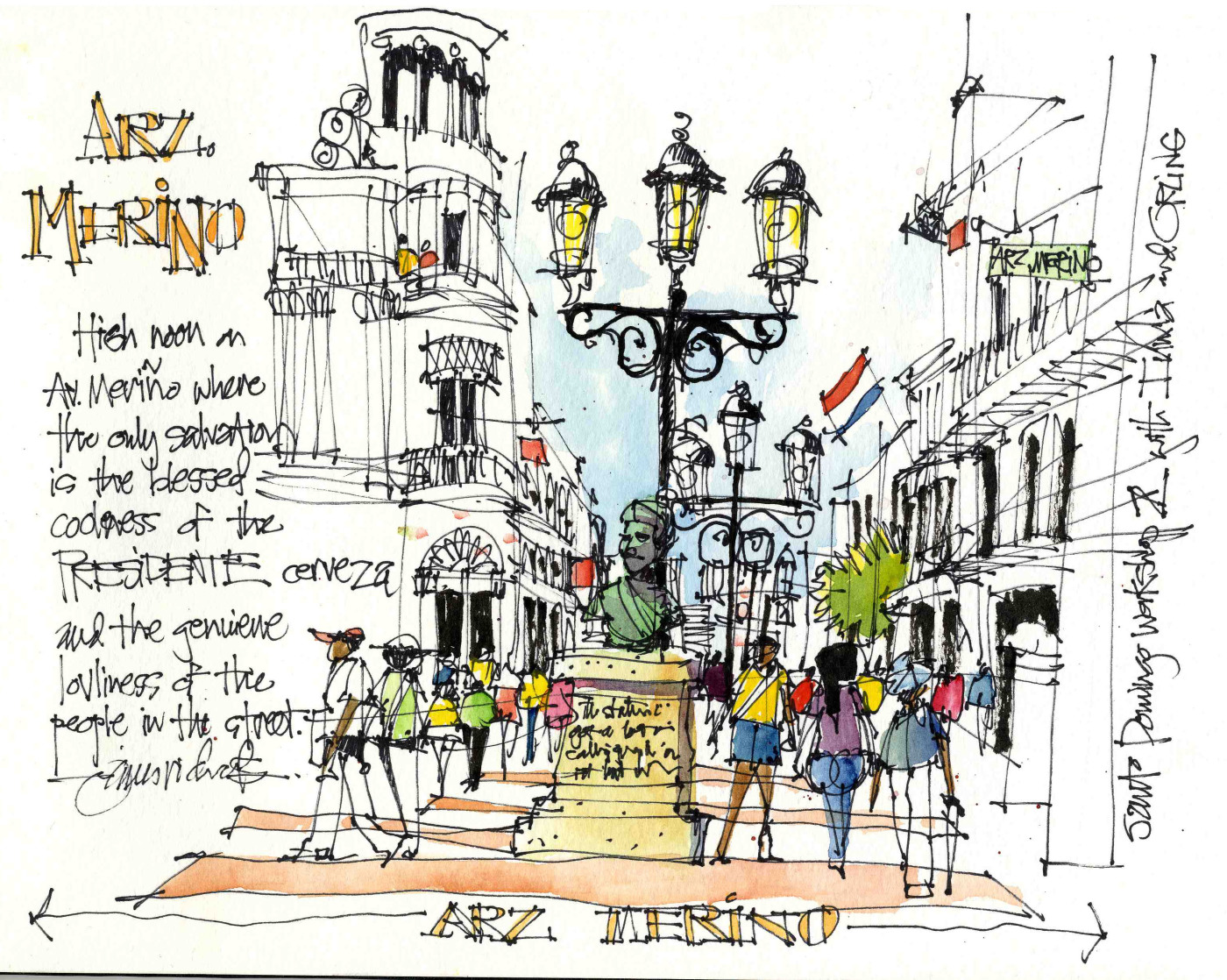
View down pedestrian street, Santo Domingo. View more… 3rd International Urban Sketching Symposium – Dominican Republic
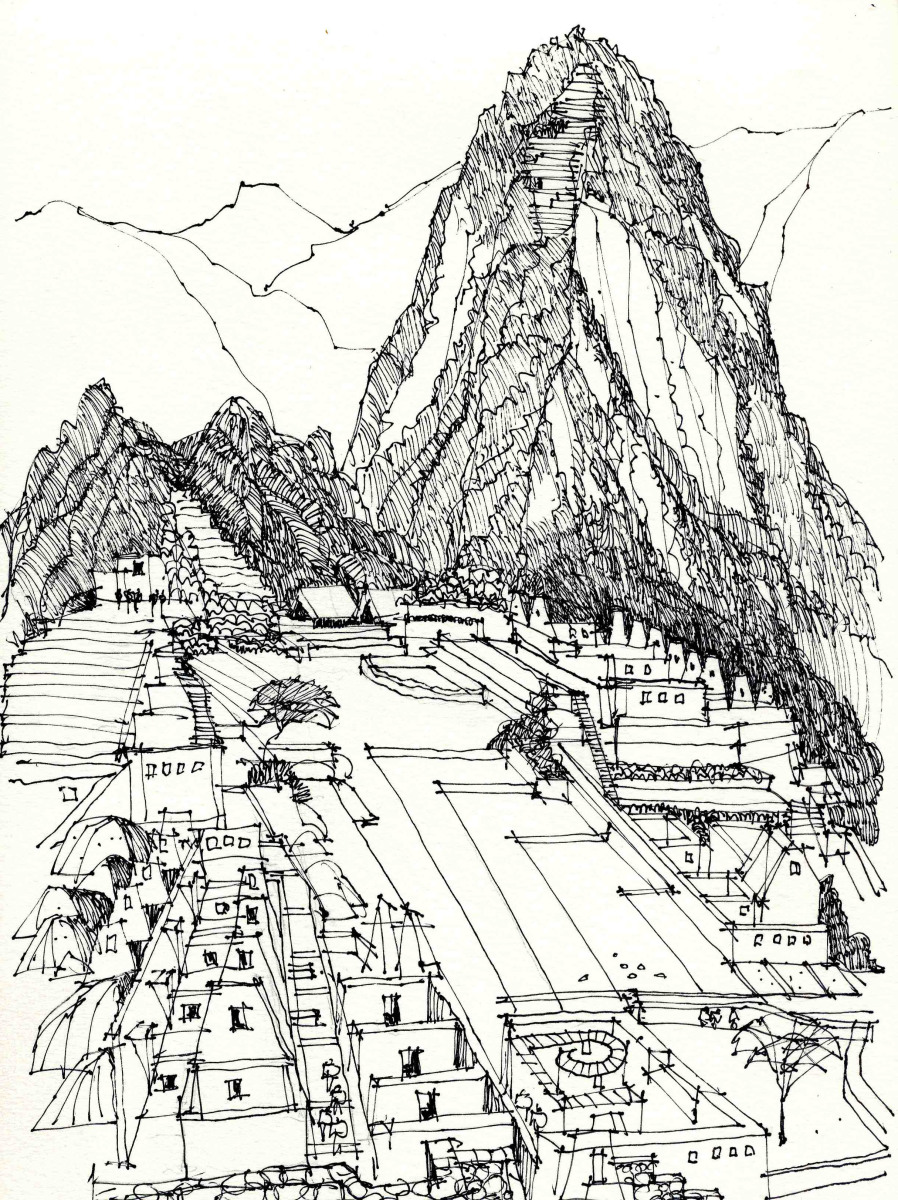 Machu Picchu, Peru bw – View more… Urban Sketches South America 2012
Machu Picchu, Peru bw – View more… Urban Sketches South America 2012
Resolve to Stand Out in 2012
My New Year’s Resolution is to sketch more. This decision was inspired by a couple of things from the ASLA 2011 Conference in San Diego (last post on that here):
First, I attended an education session given by James Richards entitled “Freehand Renaissance Drawing and Creativity in a Digital Age”. Mr. Richards inspired me to do more hand drawing and shared a couple of cool sketching resources: Urban Sketchers and Sketch Crawl. You can also find lots of advice and examples in the Graphics group on Land8.
Secondly, shortly after the conference I chatted with two of the professionals who had worked as judges in the portfolio reviews. Below are some of the comments they shared with me about the portfolios they had seen:
- Most were really well done; the graphics were superb in most instances.
- There were some that could have used more work and attention to detail.
- Some people do not have good graphic or drawing skills, kids need guidance and some were clearly confused.
- Students need to work on their drawing skills, first year students should be required to turn in a sketchbook.
- There were a few really bad portfolios. In those cases, we stressed that one needs to focus on the things they do well.
Let’s all dust our pens, pencils, and tablets off and get back to it! Thanks so much for reading; I am hopeful that I will be able to keep writing as much as I plan to be sketching, and I’m looking forward to seeing what you’re all working on as well.




